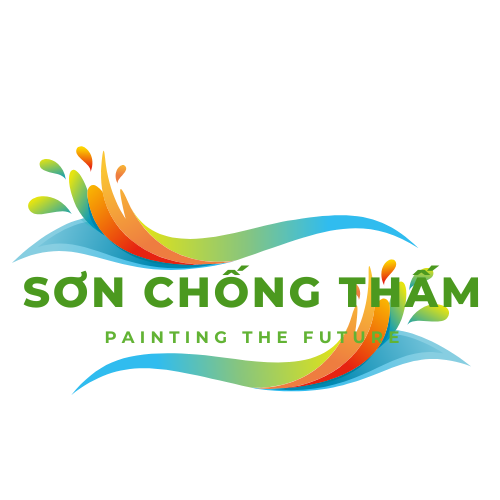The biker lifestyle in the US embodies a complex tapestry of rebellion and community, rooted in mid-20th century transformations. Evolving from wartime machinery to cultural icons, motorcycles have become mechanical expressions of autonomy, carrying both countercultural ideals and mainstream commercial appeal[5][10][17].
## Roots of Rebellion https://usabikers.net/
### Post-War Origins
Contemporary motorcycle culture took shape amid the disorientation of returning WWII veterans. Military personnel familiar with structured military hierarchies pursued alternative communities, leading to pioneering clubs like the Boozefighters and Pissed Off Bastards of Bloomington[5][13][17]. Harley-Davidson and Indian motorcycles, that saw military service, shifted from war machines to cultural symbols, nurturing enduring corporate allegiance[5][11].
The notorious “American Motorcycle Association riot” catapulted rider culture into public discourse, as a massive gathering overwhelmed a rural municipality, culminating with property damage and arrests. This episode etched the antisocial motorcyclist image across societal perceptions, notwithstanding most participants being mainstream motorcycling advocates[10][13][17].
## Major Motorcycle Organizations
### Outlaw Clubs vs. Sanctioned Associations
The American Motorcyclist Association (AMA) initially served as the governing body for competitive racing and touring events. Yet, its early exclusionary policies—maintaining whites-only membership for thirty years—ignited the rise of independent clubs eschewing traditional hierarchies[11][13].
Major renegade rider organizations evolved into central figures in this counterculture:
1. The iconic winged-skull organization[2][3][10]
2. Outlaws MC[3][10][13]
3. Pagans MC[8][10]
4. 1966 Houston foundation[3][10]
These groups operate through strict hierarchical structures featuring presidents, sergeants-at-arms, and road captains, with clubhouses often serving as fortified community centers[10][13]. Despite their controversial reputation, many chapters participate actively in community support programs such as holiday gift drives[8][10][15].
## Cultural Impact and Evolution
### From Silver Screen to Fashion Runways
The outlaw persona infuses national entertainment, from Hollywood’s rebellious archetype in *The Wild One* through contemporary streaming series. This cultural permeation appears through:
– Apparel styles: Leather jackets, bandanas, and riding boots commercialized by retailers such as [4][12][4][12]
– Musical influences: Cross-genre musical connections adopting motorcycle-inspired visuals
– Written narratives: Hunter S. Thompson’s *Hell’s Angels*[1][6]
Recent sociological analyses highlight the paradoxical duality within motorcycle communities: simultaneously eschewing societal norms while being deeply corporatized via brand partnerships like Harley-Davidson’s apparel lines[1][7][12].
## Modern Dynamics and Complex Issues
### Current Trends and Future Directions
The motorcycle event calendar remains a cornerstone of American biker culture, with this year’s premier events such as:
– The 84th annual coastal gathering[7][15]
– Historic Black Hills convergence[7][15]
– Arizona Bike Week (Scottsdale)[7]
Emerging trends reconfigure rider demographics:
– Growing women’s involvement through groups like Women in the Wind
– Digital adaptation through GPS-guided rides and social media communities[7][15]
– Eco-friendly initiatives promoting sustainable riding practices[15][17]
Legal and ethical debates continue, particularly regarding:
– Outlaw club violence and law enforcement strategies[10][13][17]
– Ethical corporate partnerships amid controversial revenue sources[8][17]
– Commercial exploitation issues about co-optation of rider aesthetics[4][12]
## Synthesis and Projections
American biker culture stands at a historical crossroads, balancing its rebellious origins against modern corporate influences. While new generations adopt technological advancements and virtual networks, the core ethos of freedom and brotherhood persists—now expressed through inclusive memberships and progressive values. The road ahead may involve increased regulatory scrutiny coupled with ongoing societal impact, ensuring the perpetual role of two-wheeled culture within US national identity[5][10][17].
